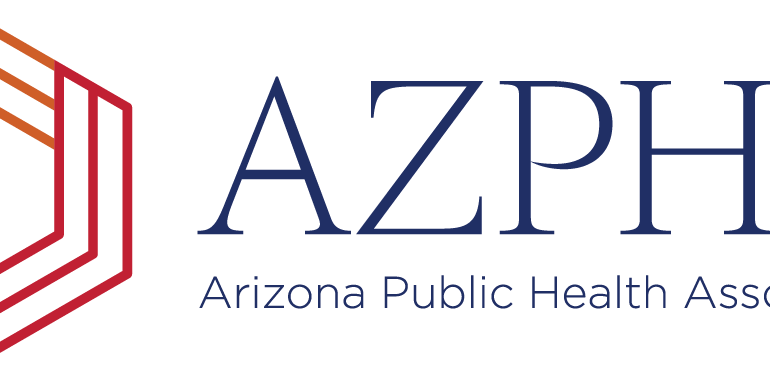Will Arizona Join the Chorus Next Legislative Session?
The 6th Annual Arizona Health Equity Conference was held last week at Desert Willow in Phoenix. It was a super interesting conference with more than 50 speakers who discussed a whole series of innovative interventions happening in Arizona that advance health equity. Many (actually most) of the presentations focused on the social determinants of health (things like housing, food security, and transportation) which drive the majority of health outcomes in the US.
You can check out the Conference Brochure if you weren’t able to be one of the more than 330 folks that were at the conference.
Along those lines- I thought this week I thought I’d focus on things that other states are doing build healthy environments that improve health and ensure equitable opportunity for wellness.
Housing
Perhaps the most acute social determinant of health in many communities these days is access to affordable housing. An individual’s housing impacts his or her wealth, health, and job opportunities. Lack of access to affordable housing can cause a host of bad health outcomes.
Some states and local jurisdictions are using their decision-making authority to incentivize the construction of affordable housing via something called opportunity zones. ‘Opportunity Zones’ are part of the new federal tax law and can provide incentives to investors to put their money into areas designated by states as low income or underdeveloped.
The law lets investors defer (or eliminate) their capital gains tax obligation when they invest the money in a designated ‘Opportunity Zone’. If they hold the investment for 7 years, 15% of their capital gains liability can be written off. If they hold the investment for 10 years, then their entire capital gain tax liability can be written off.
There are few conditions that are put on the program in terms of what is a qualifying investment, except that the investment must be within a state designated Opportunity Zone. Developers must make a substantial improvement on the property in the first 30 months. Investors need to show that 70% of their capital is in the opportunity zone and 50% of their activities.
The governor of each state decides where the Opportunity Zones are (they can name 25% of the qualifying low-income Census tracts as Opportunity Zones). Our Governor delegated that decision to the Arizona Commerce Authority. Here’s the map of the Opportunity Zones that the Arizona Commerce Authority selected.
Sadly, few guardrails exist for what kinds of developments qualify for the tax deferral- and no doubt there will be some good things (affordable housing) and bad things (investments that don’t improve conditions) in Opportunity Zone communities in the coming years.
Hopefully our Legislature and Executive Branch will do some research to figure out ways that the Opportunity Zone provision can be leveraged to incentivize and facilitate the contruction of affordable housing- a critical (and sorely needed) intervention that will improve health status of vulnerable Arizonans.
Healthy Food Access
Access to affordable healthy foods directly correlates with improved health– and conversely- eating processed foods are associated with chronic conditions such as cancer, heart disease, diabetes, obesity, and high blood pressure. Food deserts, areas of the country with limited access to foods that make up a salubrious diet, compound barriers to accessing nourishing foods.
Earlier this year New Jersey enacted a law implementing the Healthy Corner Store Program, which increases the availability and sales of fresh produce and nutritious foods by small food retailers in rural and urban low-income and moderate-income areas. The program is funded by their Healthy Small Food Retailer Fund operated out of their state health department.
Washington state recently implemented their Fruit and Vegetables Incentives Program which provides fruit and vegetable incentives and food vouchers for low-income shoppers that can be used in grocery stores and farmers markets.
New York passed a law incentivizing increased fresh fruit and vegetable production through community gardens.
Transportation
California recently passed a budget that prioritizes improvements to their infrastructure and roadway safety focusing on providing increased access to transportation for under-resourced communities including an evaluation component that report on performance measures related to projects that prioritize and implement safe and connected facilities for pedestrians, bicyclists, and transit users.

